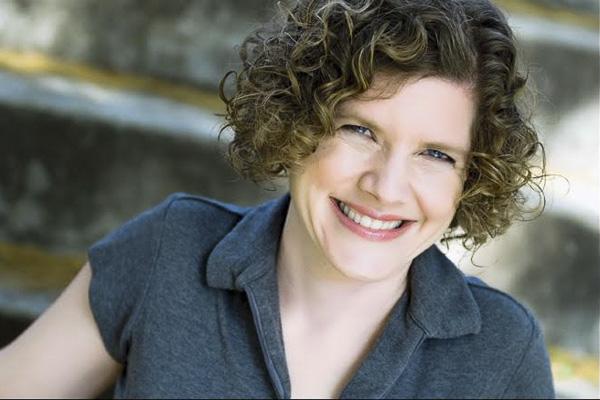For one theatre professor, even presidential libraries can be turned into stages.
Jodi Kanter, an associate professor of theatre, published a book last month that analyzes presidential libraries as performances that shape American identities. She said the museums in the presidential libraries can tell a president’s story in unique ways.
The book, titled “Presidential Libraries as Performance: Curating American Character from Herbert Hoover to George W. Bush,” examines how each of the presidential libraries in the country commemorate the presidents.
“I wanted to know what was happening. How was the museum presenting the character of the president? Was the museum telling the visitor, sometimes implicitly and sometimes explicitly, who were they supposed to be as an American and what their relationship with their president should be?” Kanter said.
In the book she considers space, structures, exhibitions and other aspects of the museums to understand the portrayal of the presidents and their values, she said.
Kanter started research on the book when she moved to D.C. and began working at GW in 2007. Although none of the presidential libraries are located in D.C., she said her close proximity to the National Archives, which oversees the presidential libraries, was helpful in completing the research.
Kanter said she was initially interested in how the libraries, and the library museums in particular, were telling visitors the history of their particular president. She wanted to understand what was included and what was left out of history, she said.
“There are only bad things to say about the museums if what you are after is an accurate history. But I had this sense that they were up to more than that. They were trying to do something more than that,” Kanter said.
For her research, Kanter visited all 13 presidential libraries and interviewed several museum curators and directors. She studied the presidents themselves and the eras during which they held the office.
In one of the book’s chapters, Kanter writes about how the differences in the structures of the Bill Clinton and Ronald Reagan libraries reflect their different personalities. She said the Clinton library was “linear,” but she was able to move more freely through Reagan’s library.
“Clinton thought it was very important to be a student of history, to read a lot and build on what has come before you,” Kanter said. “On the other hand, Reagan had a libertarian, Republican streak, which is reflected in the design of his museum — you should move as you want and go where you want.”
Over the course of her research, Kanter said she also observed how the libraries’ designs and tours influenced the visitors’ portrayal of the presidents.
“The Clinton library uses a ton of ‘we’ language, which includes the visitor. It also tells you a lot about the members of the cabinet, foreign leaders and is a very focused on collaboration,” she said. “The Reagan library is not. It is instead very focused on the president and all the things that he was able to accomplish.”
Kanter was raised in Evanston, Ill. and grew up watching theatre productions at Northwestern University — a university considered to be one of the pioneers of performance studies.
She began her teaching career at Missouri State University in 2000. She joined GW’s theatre faculty in 2007 and currently teaches several classes including performance theory, acting and directing. Kanter has worked on several professional productions in the D.C. area.
“My first teaching job was very interesting, and I had fantastic students, but as someone who studies performance, I wanted to be in a cultural center, which D.C. certainly is,” Kanter said.






